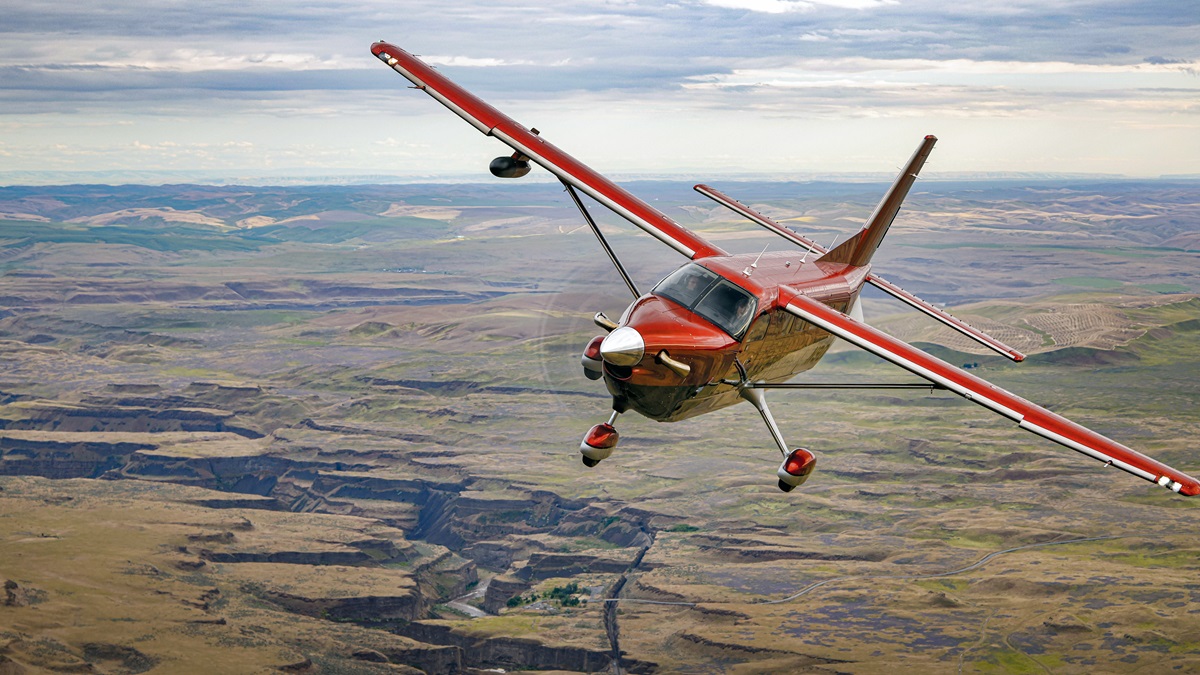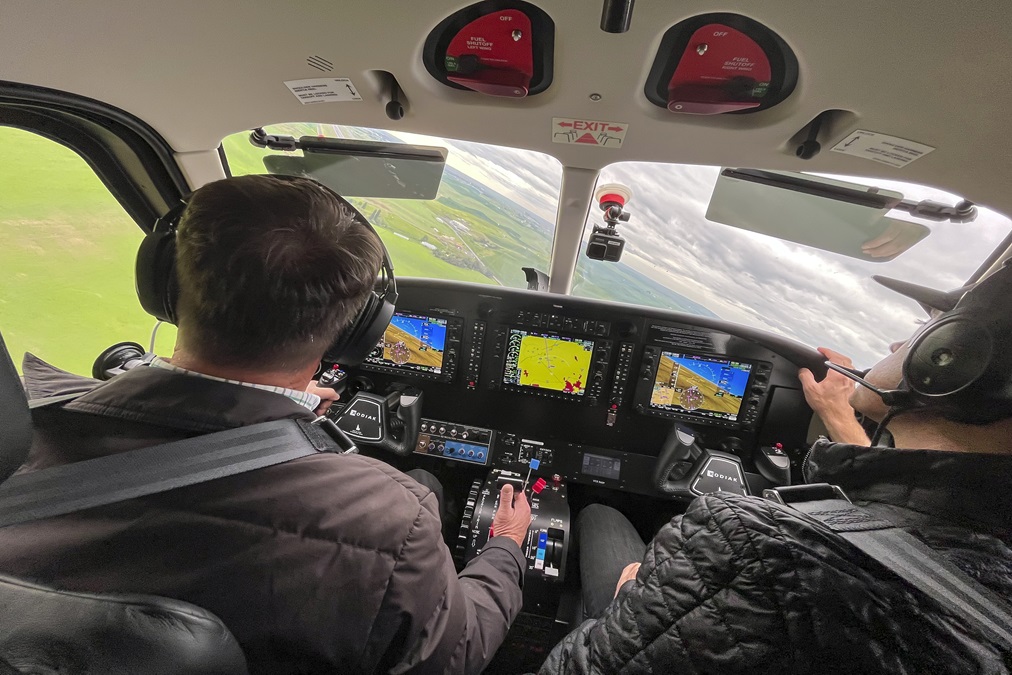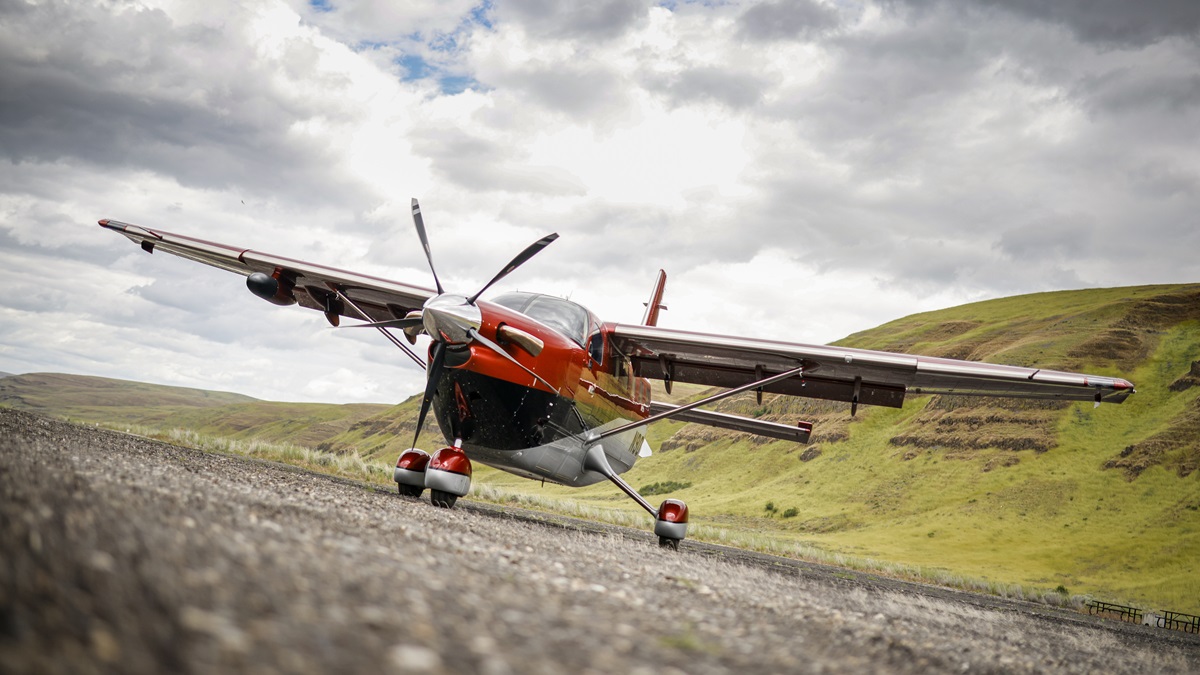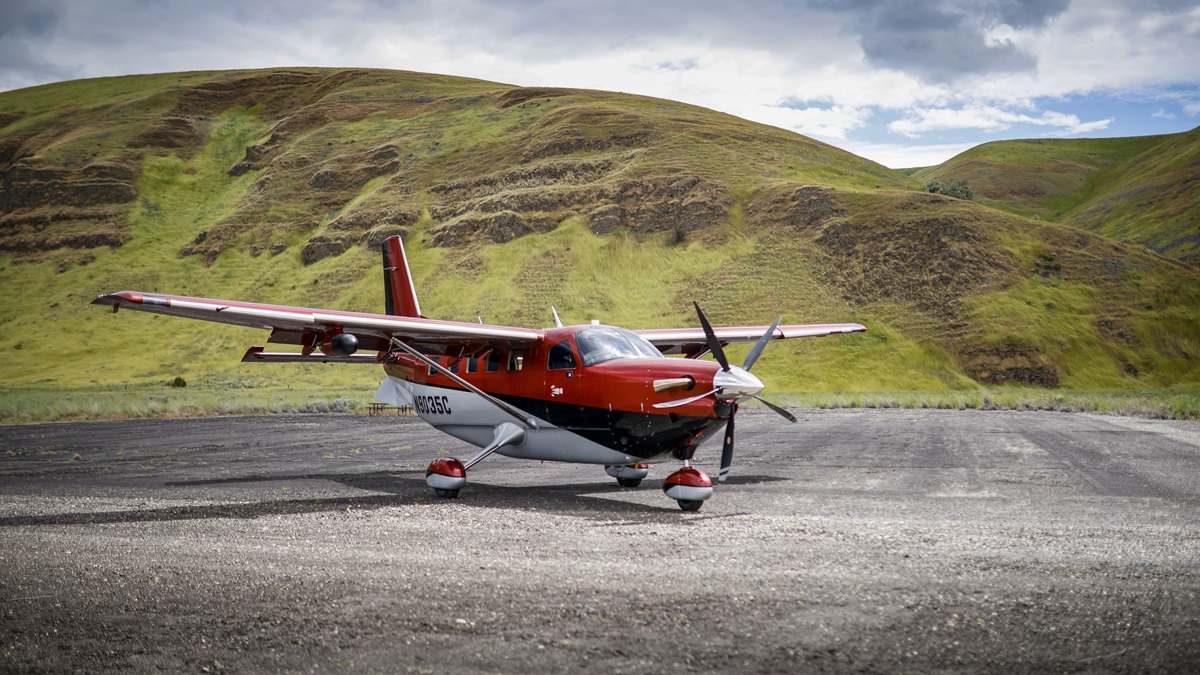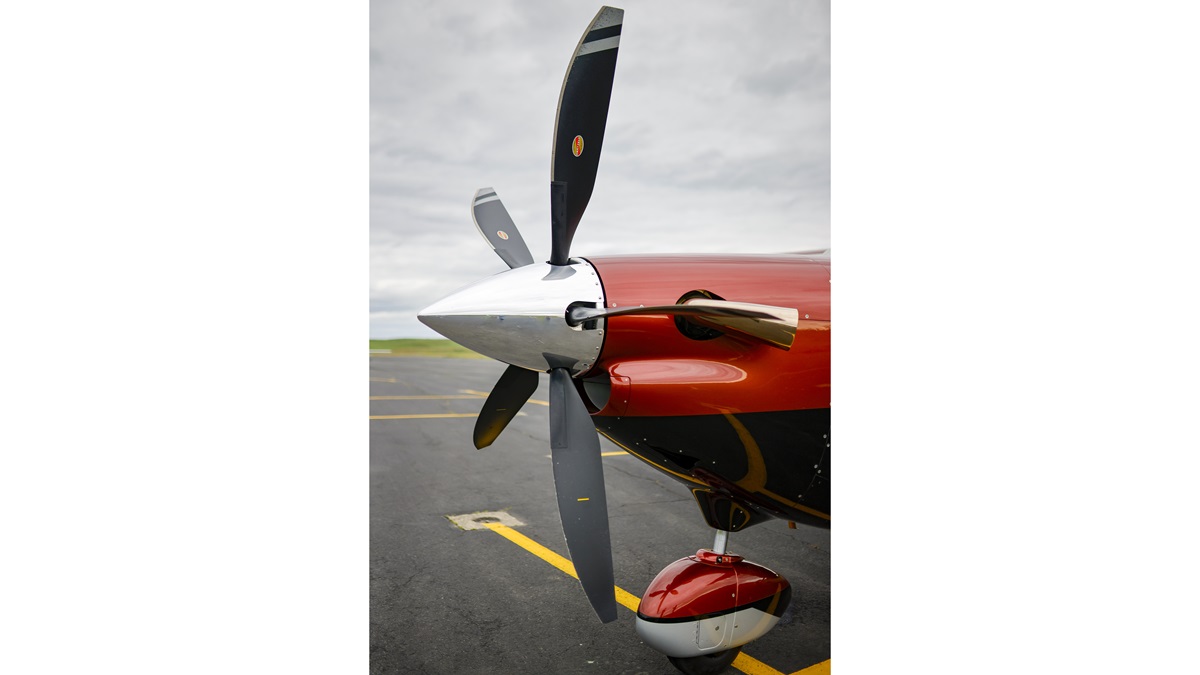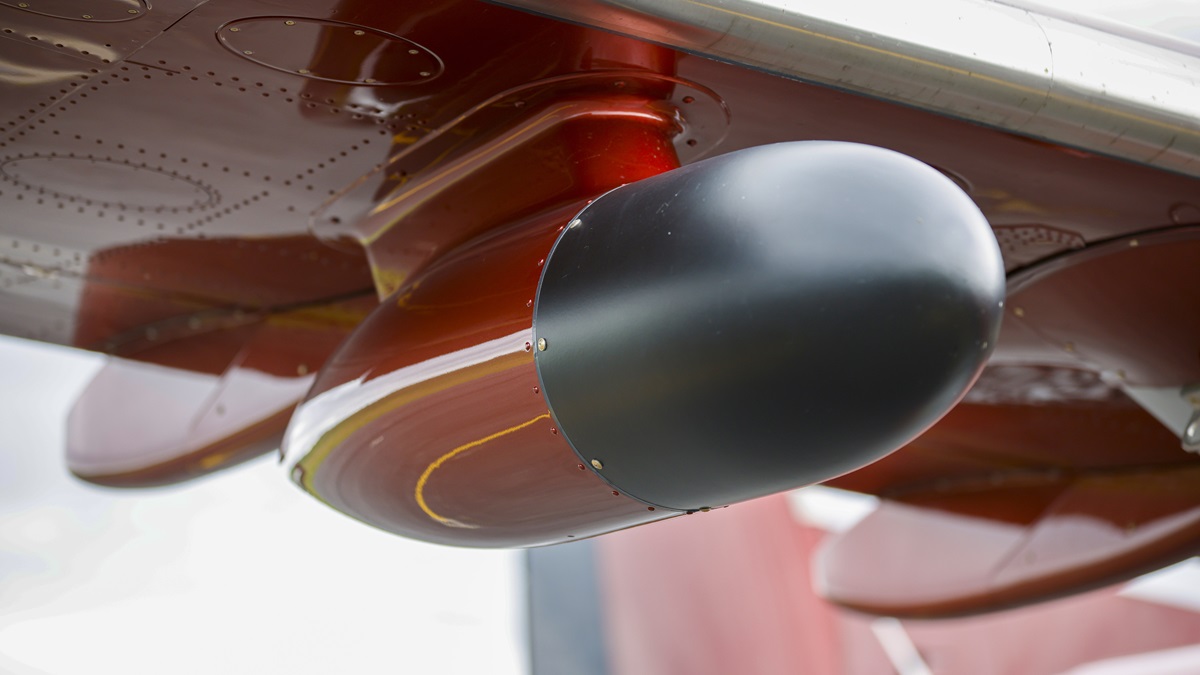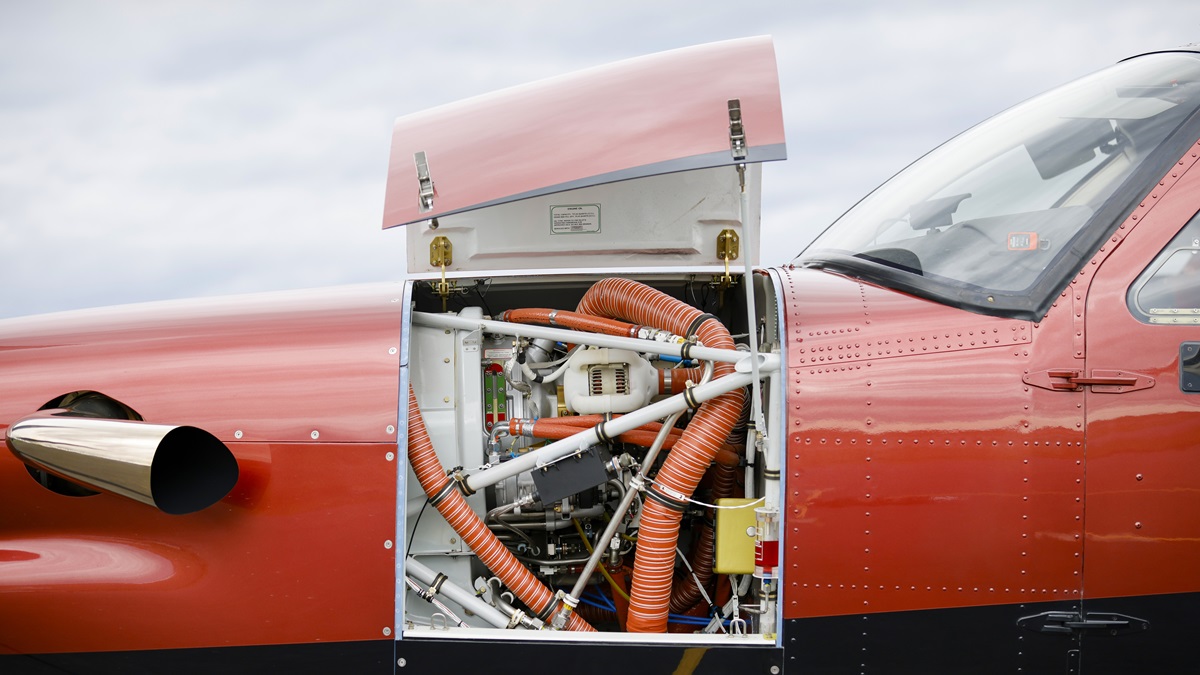Larger, faster Kodiak unveiled
Daher broadened its product line July 25 with the announcement of a new model of the Kodiak single-engine turboprop. A five-year development project resulted in a speedier, roomier model called the Kodiak 900.
The 900, which received FAA certification on July 20, joins the original Kodiak 100, which will remain in production, along with the speedy family of TBM single-engine turboprops produced by Daher. The French company purchased Sandpoint, Idaho-based Quest Aircraft in 2019, soon dropping the Quest name, but keeping the Kodiak brand. According to company officials, the goal of the upgrade project was originally to make the Kodiak 100 faster. But as they looked at the broader market, they realized that a larger cabin and other changes would make the airplane more appealing to commercial and special mission operations.
At 12,500 feet it trued out at 205 knots while burning about 430 pounds of jet fuel per hour. Mark Brown, chief demo pilot and sales and marketing director for Kodiak at Daher, said he expects the final airplane without the optional radar antenna to cruise at about 210 KTAS, about 35 knots faster than the 100. In addition to the change from the 700-shp Pratt & Whitney PT6A-34 to the 900-shp PT6A-140, the new model includes a new composite Hartzell five-blade propeller, wheel fairings, flap track fairings, and a host of airframe changes to increase the speed.
In addition to the wheel fairings, which are pilot removable and add about seven knots to the speed, the most obvious airframe change is to the nose section, which is all new and made of composite material. It tapers below the engine compartment to completely fair in the cargo pod, which is now an integral part of the airframe. The cargo pod is the same volume as the optional one on the Kodiak 100, but bays two and three are open to one another, allowing for the hauling of larger pieces of gear. In addition, a hatch on the bottom aft end of the pod can be opened to slide in long items, such as fly-fishing rods and lumber.
The speed increases come about even though the fuselage is 37 inches longer. The company installed airframe plugs just aft of the flight deck and just ahead of the empennage to increase cabin volume. While longer, the fuselage is the same width and height as the original model. The wings and tail section are primarily the same between the two. However, the new model comfortably accommodates a double-club cabin configuration or up to 12 in a commuter setup in countries where that many can be carried in an aircraft in this category. Ten seats is the max allowed in the United States. Taking a nod from the luxurious TBM line, each seat position includes a LEMO headset jack, conventional headset jacks, two USB ports, a phone holder, and a cup holder. Overhead, each has a gasper air vent and a light. Cargo tiedowns are embedded in the floor, walls, and ceiling throughout, providing lots of flexibility for hauling gear.
As with the Series III Kodiak 100, introduced a couple of years ago, the 900 includes a full Garmin G1000 NXi cockpit and GFC 700 autopilot. The company expects to begin deliveries of the new model in early 2023 for a price of about $3.5 million, about $500,000 more than a Kodiak 100. For a complete report on the new model, see the September cover story of AOPA Pilot magazine, which is online now.

